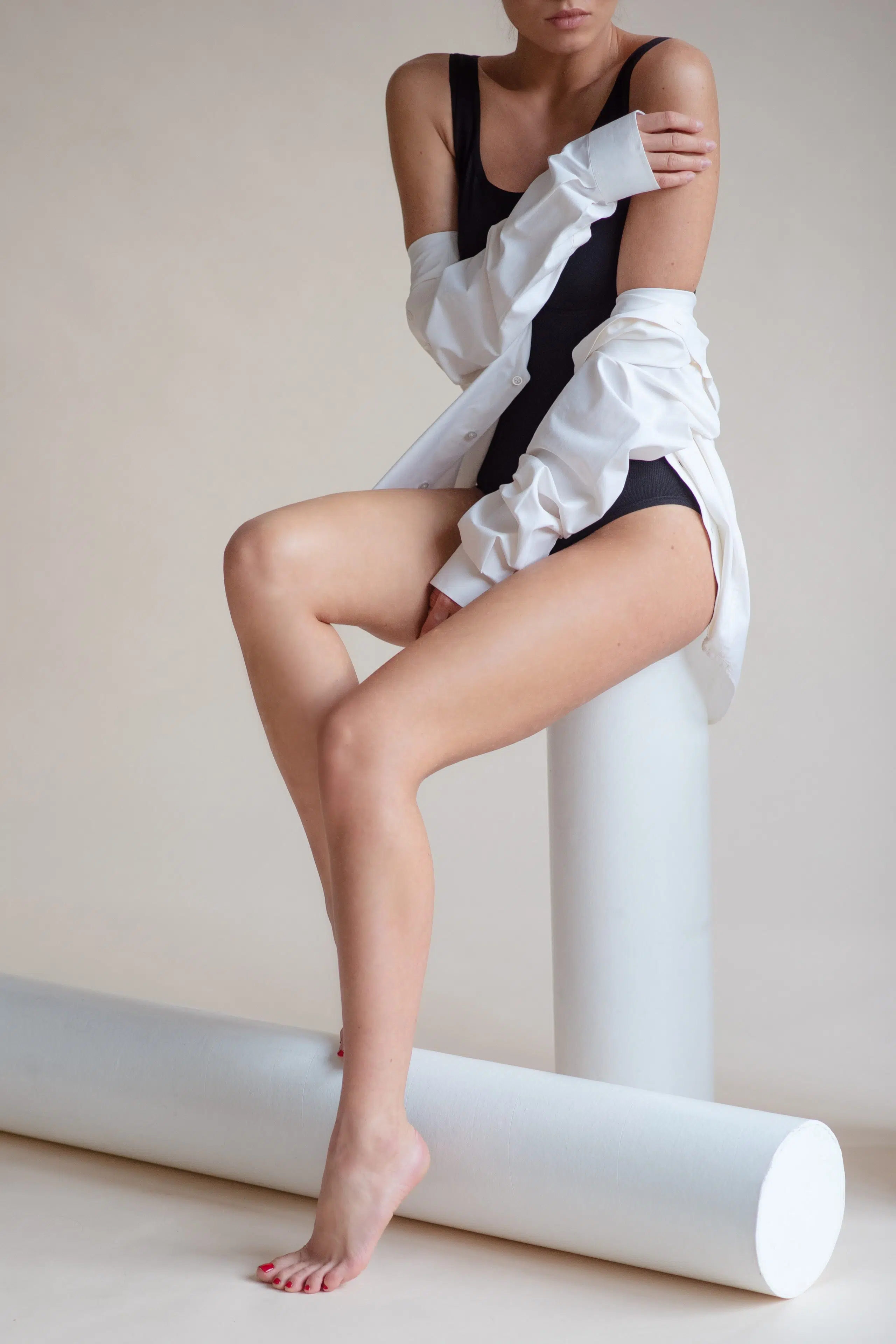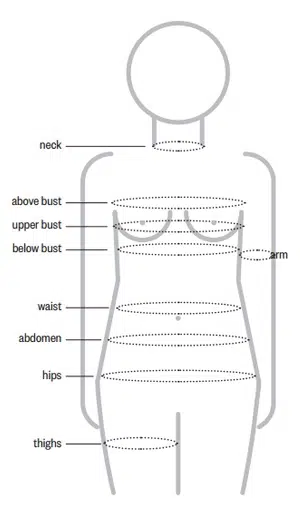Introduction
Compression garments play a crucial role in various medical and post-surgical scenarios. They are specially designed garments that apply controlled pressure to specific areas of the body. Compression garments aid in promoting blood circulation, reducing swelling, and providing support during the healing process.
However, it’s important to understand that not all compression garments are the same. In this article, we will delve into the difference between 1st and 2nd stage compression garments, their functions, benefits, and how to choose the right one for your needs.
What are Compression Garments?
Compression garments are specialized clothing items made from elastic materials that exert pressure on the body. They are commonly used in medical, post-surgical, and sports settings to aid in recovery, alleviate discomfort, and enhance performance.
These garments are available in various forms, including sleeves, stockings, gloves, socks, and full-body suits, depending on the specific area of the body they are intended to target.
Understanding the 1st Stage Compression Garments
1st stage compression garments are typically the first step in the healing process. These garments are designed to provide firm and consistent pressure to the affected area, ensuring proper healing and reducing the risk of complications. They are usually recommended immediately after surgery or as part of the initial treatment plan for specific medical conditions. Suspaudimo terapija yra svarbi audinių gijimui ir patinimui mažinti.
Indications for Using 1st Stage Compression Garments
1st stage compression garments are commonly used for the following indications: Post-surgical recovery: After surgical procedures such as liposuction, breast augmentation, or tummy tucks, 1st stage compression garments help control swelling, minimize bruising, and support the healing process. Venous disorders: Individuals with venous insufficiency, varicose veins, or deep vein thrombosis can benefit from 1st stage compression garments as they aid in improving blood flow and reducing discomfort. Lymphedema management: Lymphedema, a condition characterized by swelling, often occurs after lymph node removal or damage. 1st stage compression garments help manage and control the swelling associated with lymphedema.
Material and Compression Level
Wearing 1st stage compression garments provides several benefits, including: Reduced swelling: The controlled pressure exerted by these garments helps prevent fluid accumulation and minimizes swelling. Improved blood circulation: By applying pressure to the affected area, 1st stage compression garments promote healthy blood flow, aiding in the healing process. Enhanced tissue support: These garments provide support to the underlying tissues, reducing strain and promoting proper healing. Decreased discomfort: 1st stage compression garments can help alleviate pain, tenderness, and overall discomfort associated with surgery or certain medical conditions.
Types of 1st Stage Compression Garments
1st stage compression garments come in various types and designs, depending on the targeted area of the body. Some common examples include: Compression stockings: These are primarily used for leg-related conditions and provide compression to the lower limbs. Compression sleeves: Sleeve-style garments offer compression for the arms and are commonly used in the management of lymphedema or after arm-related surgeries. Compression bras: These are designed to provide support and compression to the chest area following breast surgeries.
Understanding the 2nd Stage Compression Garments
Once the initial phase of healing is complete, the transition to 2nd stage compression garments may occur. These garments offer a lower level of compression compared to 1st stage garments. The primary purpose of 2nd stage compression garments is to maintain the achieved results and support the ongoing healing process.
Indications for Using 1st Stage Compression Garments
2nd stage compression garments are typically used for the following purposes: Long-term healing support: After the initial recovery phase, 2nd stage compression garments are recommended to provide ongoing support and maintain the results achieved. Scar management: These garments can help reduce the visibility of scars and promote optimal healing.
Material and Compression Level
Wearing 2nd stage compression garments offers several benefits, including: Sustained support: 2nd stage garments provide continued support to the healing tissues, ensuring long-term stability and minimizing the risk of complications. Scar management: By exerting gentle pressure on the healing scars, these garments can help flatten and fade scars over time. Improved comfort: 2nd stage compression garments are designed to be more comfortable for extended wear, allowing individuals to go about their daily activities while still benefiting from compression therapy.
Types of 1st Stage Compression Garments
Similar to 1st stage garments, 2nd stage compression garments are available in various forms. Some common examples include: Compression girdles: These garments are often used for abdominal or body contouring surgeries to provide support and compression to the torso. Compression sleeves or gloves: In cases where lymphedema or arm-related surgeries require long-term management, 2nd stage compression sleeves or gloves are utilized. Compression face masks: Facial surgeries or procedures may require 2nd stage compression face masks to aid in the healing process and minimize swelling.











